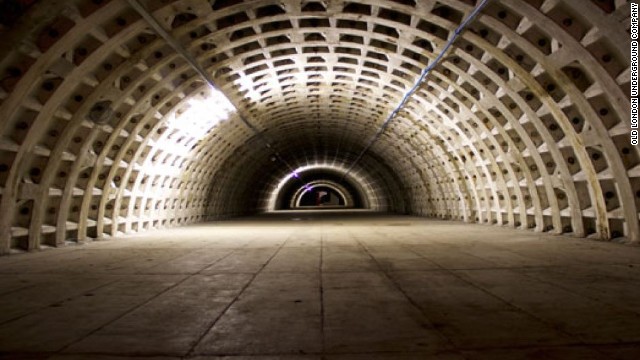
They are places-ultimately-of both incredible depth and breadth, crucial to all of us topside who work as urban planners, geographers, architects, engineers, or any of us who take subway trains or enjoy fresh water from a faucet. They are places that can tell a city’s oldest stories or foresee its most distant futures.


Underground places can evoke fear or hope they can serve as sites of memory, places of work, or the hidden headquarters of resistance movements. It finds not only an extraordinary range of architectural approaches to underground construction but also a host of different cultural meanings. This book documents an astonishing diversity of manmade underground environments, including subway systems, sewers, communications pipelines, storage facilities, and even shelters. Paddock: the first Cabinet war rooms under Dollis Hill, London


 0 kommentar(er)
0 kommentar(er)
